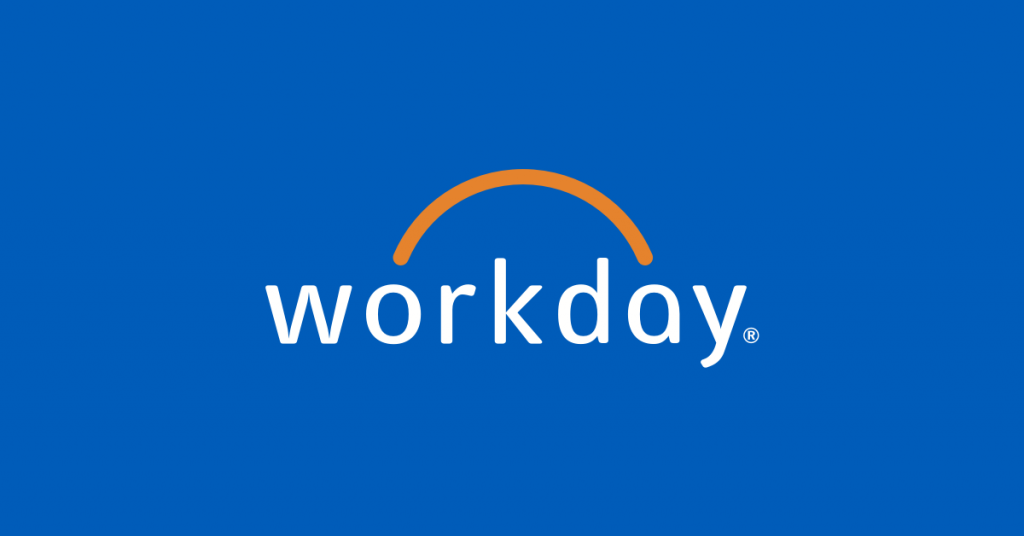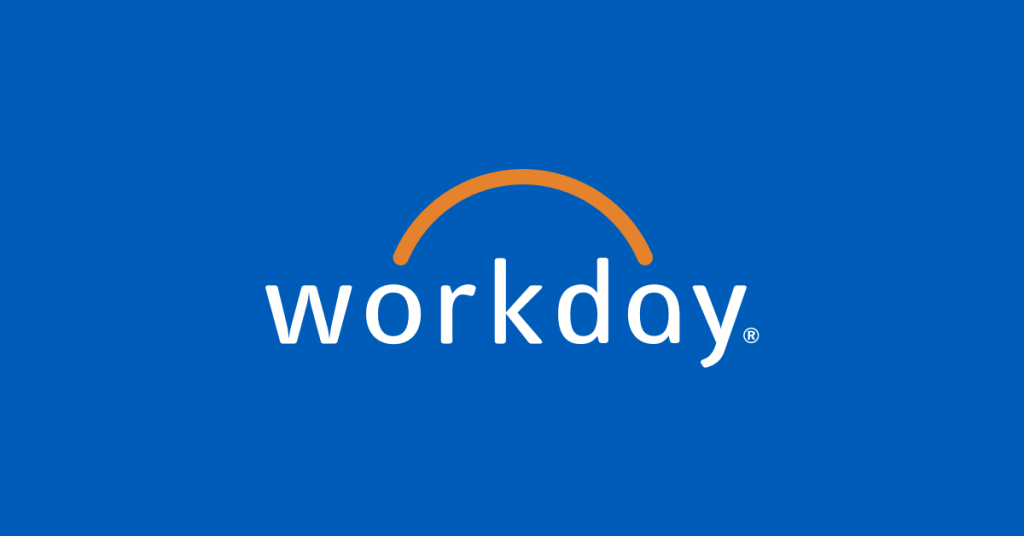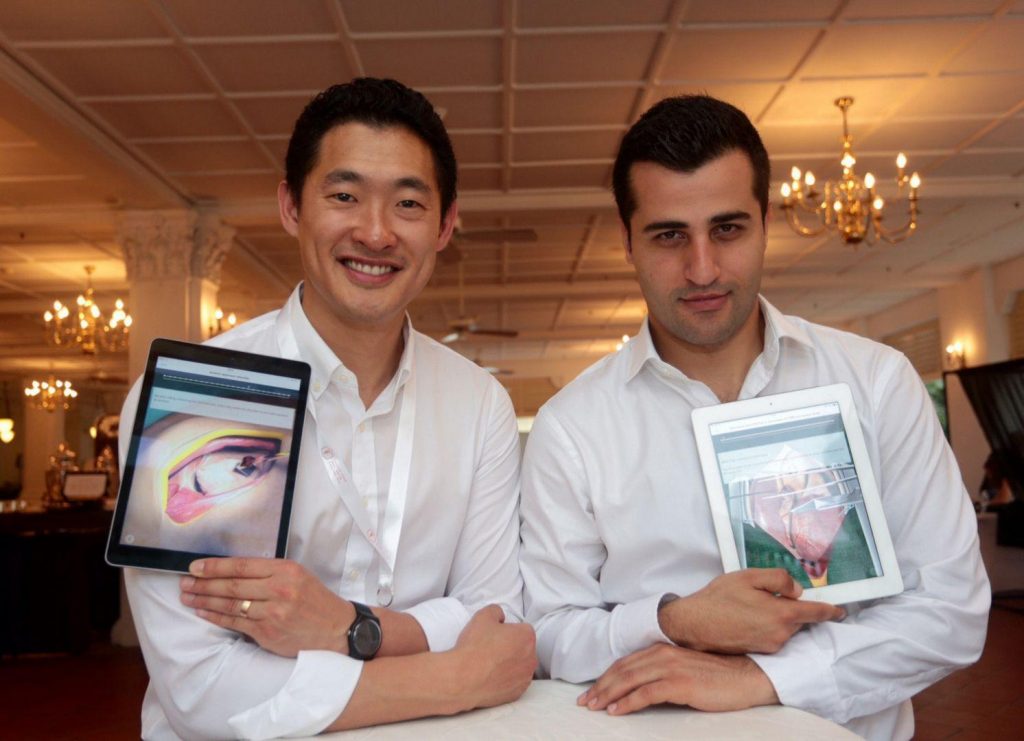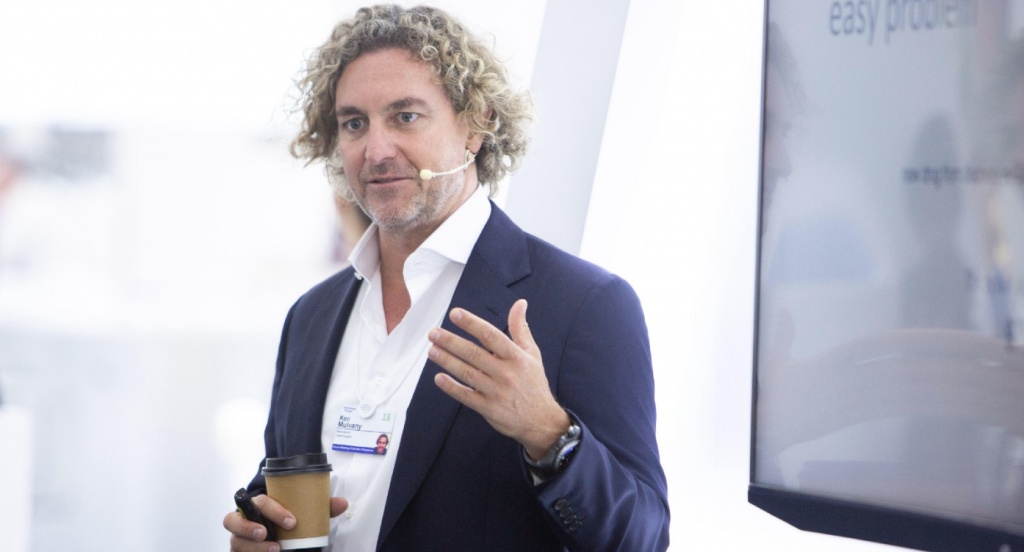Capgemini: A Big Name in the IT Consulting Services in the Digital World
The most innovative discovery that the world has witnessed in the past 60-70 years is the discovery of computers and the internet. These two technologies have changed the face of the world and have brought humongous opportunities for people in every nook and corner of the world. The internet has made it easy for people sitting in a backward area to work with a company based miles and miles away from their place.
The scope of the internet and computers is not limited to providing jobs to people, but these have also encouraged the startups to provide their B2C and B2B services in the most innovative ways to make the business even easier. Such a company that has taken full advantage of digital innovation is Capgemini, a renowned name in the world of technology and innovation.
About the Company
Capgemini is a French company having its headquarters based in Paris. Serge Kampf founded Capgemini in 1967 in Paris and now the company has expanded to various foreign countries having multiple offices in each. Capgemini is a technology company with expertise in different services, including consulting, technology, professional, and outsourcing services.
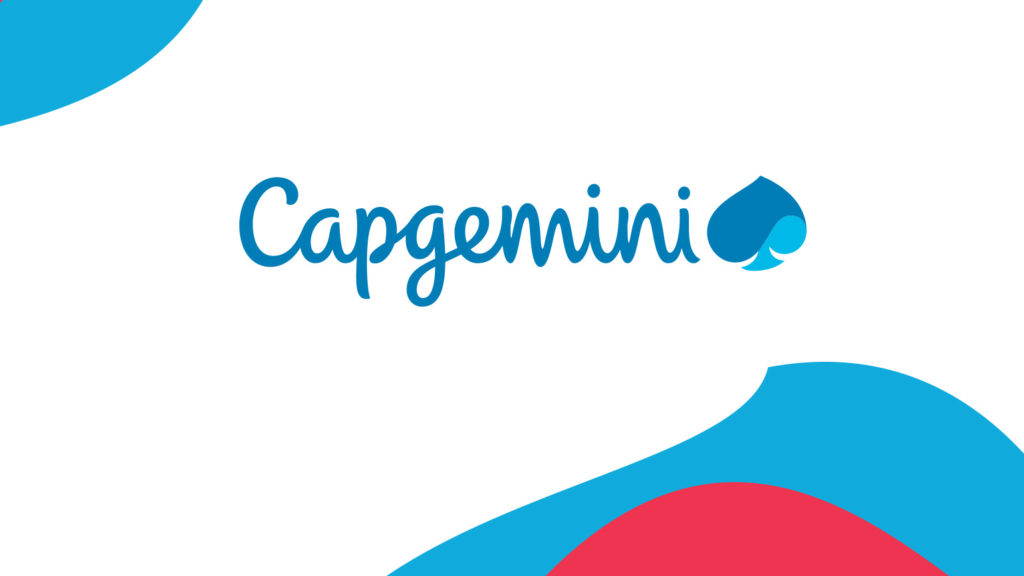
The Foundational Story of Capgemini
Kampf founded Capgemini as SOGETI (Société pour la Gestion de l’Entreprise et le Traitement de l’Information) on 1 october, 1967. In the beginning, it started to work as an enterprise management and data processing company. As SOGETI, Capgemini, in 1974, acquired a New York-based company named Gemini Computer Systems. The next year, the company went on to acquire another technology company, named CAP (Centre d’Analyse et de Programmation), leading to a name change of SOGETI (Due to an international dispute on a similar name as CAP of another company), to Cap Gemini Sogeti.
In the next five years, Cap Gemini Sogeti started its international business by launching its US operations in 1981 and opened 20 new branches in the US only. By this time, the company had employed about 500 people and also made another acquisition of a data conversion company, named DASD Corporation. The company cut the Sogeti from its name and changed it to Cap Gemini. It also redesigned the company logo for every branch in the world. This way, Sogeti became a separate subsidiary of Cap Gemini that solely works as information technology consulting company.
In the year 2000, by acquiring Ernst & Young Consulting, Capgemini entered into the consulting business and started its consulting business as Cap Gemini Ernst & Young. In 2017, the company had another rebranding of its name, and from Cap Gemini, it became Capgemini.
The Founder Serge Kampf
Serge Kampf is one of the leaders who are known for their management and leadership skills and are the role-models for many budding entrepreneurs. Kampf was born on 13 October 1934 in Grenoble, France. He was born to a soldier father. Since Kampf’s father was in the army, he spent his school days at a boarding. After completing his school, Kampf passed the entrance exam of the French Telecom administration. He then obtained a double honors degree in Law and Economics. After completing his education, his first job was for an underground telephone exchange as a Telecom Inspector.
While working for the exchange, Kampf realized that he does not like his work and wanted to try something else. While looking for opportunities, he got to know about the newly emerging technology, which was IT. Kampf became curious about IT and computers and immediately applied for jobs in two companies working in IT, Bull and IBM. Though he got offers from both companies, he went on to join Bull. He started as a commercial engineer, and later, with one after another promotion, he became the regional manager of Bull.
After working for seven years with Bull, Kampf got motivated to start his own business. He wanted to have the freedom of a boss and did not want to serve anyone else than himself. So in 1967, he resigned from Bull and started Sogeti on 1 October 1967, from a two-room office in Grenoble, with a team of six people. The company wasn’t one of its kind, but it was the first French IT services company.
Kampf served Capgemini as its CEO till 2002, and in 2012, he resigned as the Chairman of the company too. He served the Board of Directors as the vice-president till 2016, when he died at the age of 81 in Grenoble.
Capgemini Today
Capgemini is dominating the IT consulting services in the world. It has multiple branches in different countries in the world, and as of 2020, more than 370,000 employees are working for the company across the globe. Currently, Aiman Ezzat is the serving CEO at Capgemini, and Paul Hermelin is the chairman of the Board of the company.

Yashica is a Software Engineer turned Content Writer, who loves to write on social causes and expertise in writing technical stuff. She loves to watch movies and explore new places. She believes that you need to live once before you die. So experimenting with her life and career choices, she is trying to live her life to the fullest.


